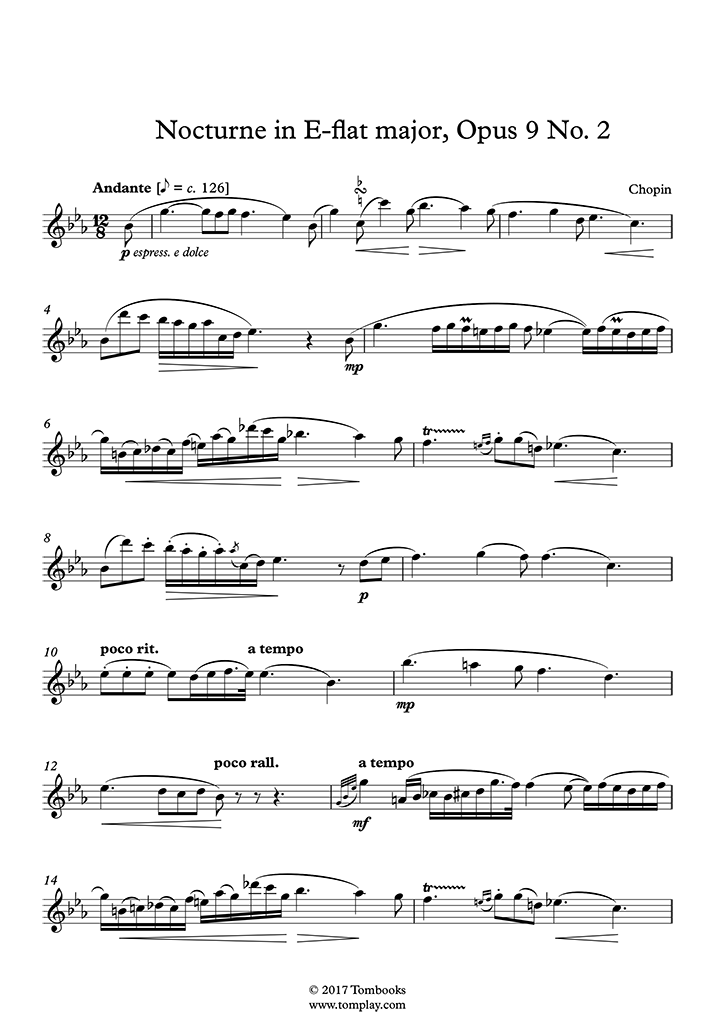

In fact, I very often times use that chord progression in my improvisations and compositions. It just works so well and it gives a harmonic richness to the piece that is very satisfying.

The key is Eb Major, but there is a moment when Chopin uses a secondary dominant of C Major to go to the F Minor chord. (after his A Minor Waltz is done) Some of my favorite moments in this pieces revolve around the harmony choices. Teachers that want to introduce Chopin to their students will oftentimes move to this Nocturne. The nocturne can be played by intermediate pianists. Thirdly, this piece is not super difficult. Something about the Left Hand jumping up and down upon the chords that just clicks very well. It has educational value and is unique for technical development, but it just feels very good in the hands at the end of the day. It makes the list of 50 most beautiful piano pieces in almost every recording. It sounds great and is a pleasure to listen to. Why Is This Piece So Famous? First of all, this piece is absolutely gorgeous. When someone mentions the Chopin Nocturne it is almost naturally assumed that it is the Op. This pieces is, however, the one Chopin nocturne that everyone seems to play. In fact Chopin has six opus numbers dedicated to his nocturnes and even a few ones that were not officially published. Andante spianato et Grande polonaise brillante, Op.The Most-Played Nocturne By Chopin This piece is not the only Nocturne that Chopin wrote.Variations sur un air national de Moore, B.12a (4 hands).Variations sur un air national allemand, B.14.Polonaise in A-flat major, Op.53 Héroïque.Mazurka in B-flat major 'Wołowska', B.73.

Wikipedia article (article about all his 21 nocturnes, while this page, and many of the uploads, cover the 19 nocturnes with opus number.)


 0 kommentar(er)
0 kommentar(er)
